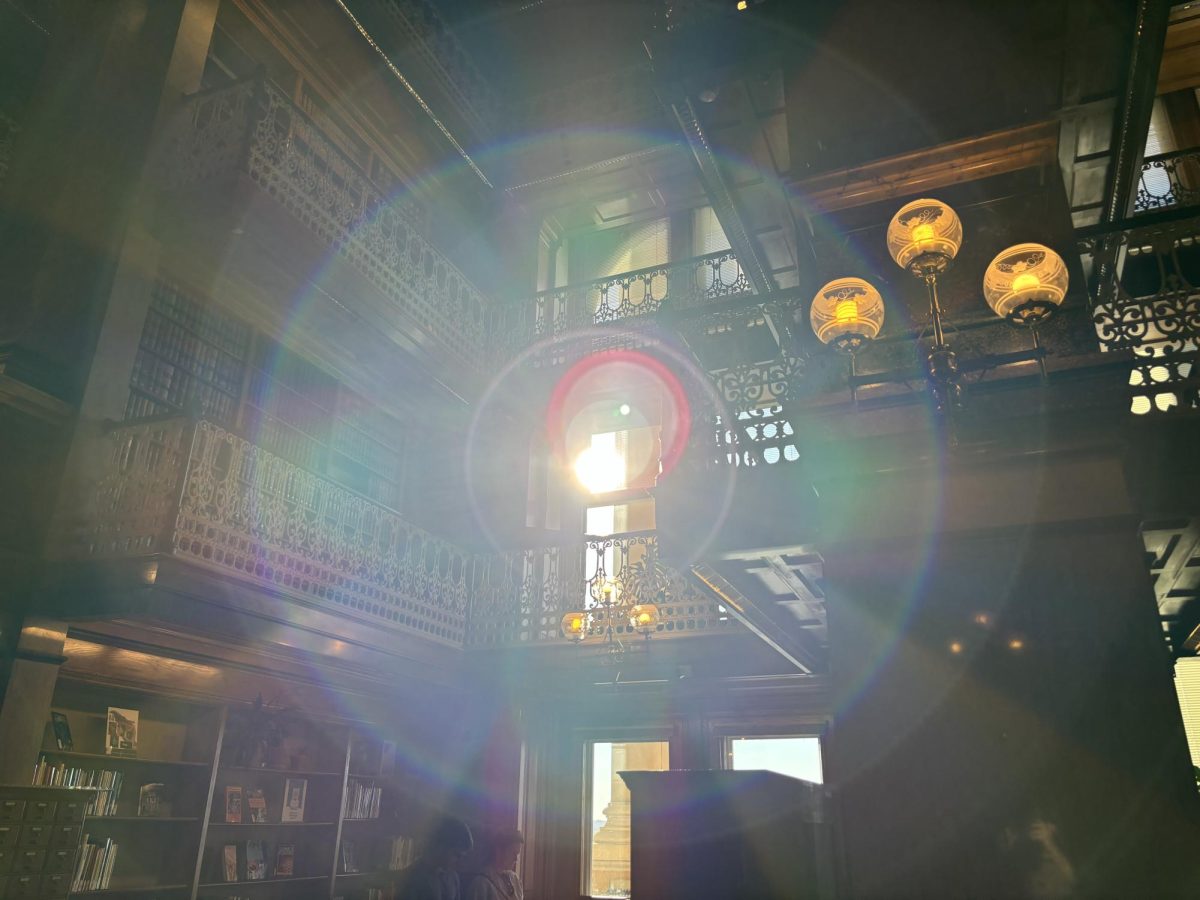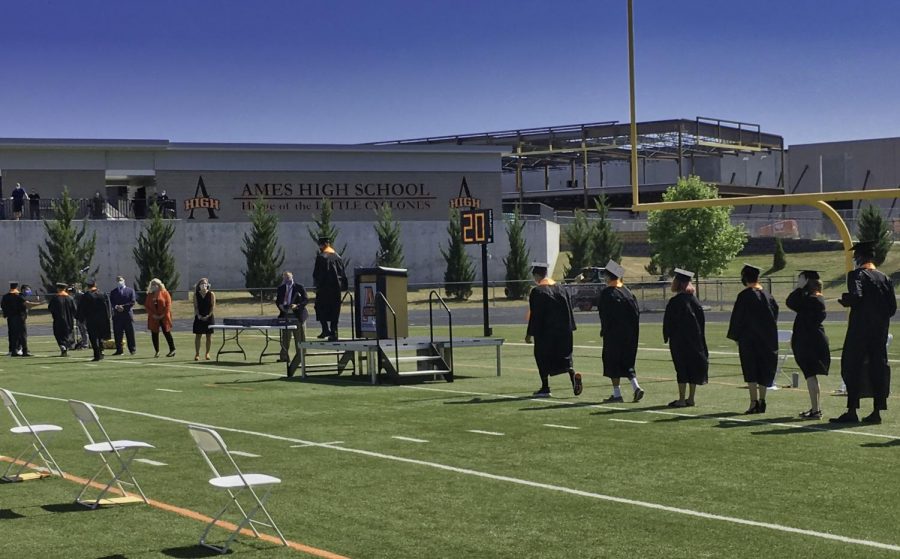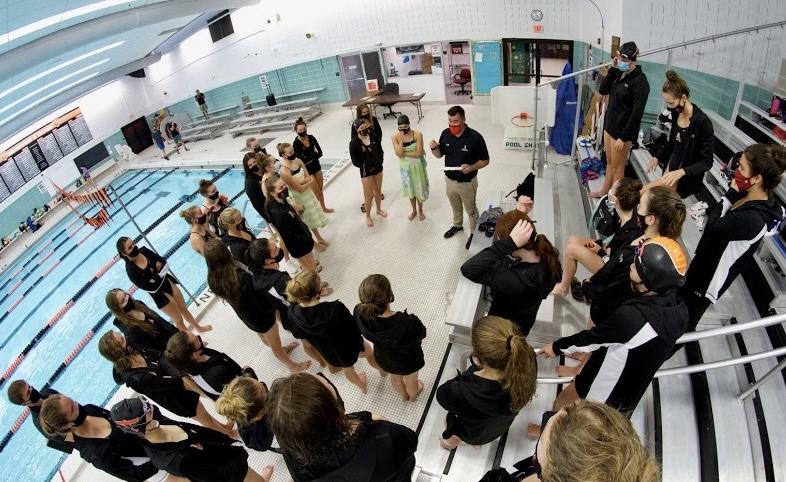An experiment is currently under way at Fermilab in Illinois that is designed to determine whether or not the Universe that we observe is a three dimensional holographic projection of a two dimensional field. The experiment is based on whether or not there is a difference detected in the time it takes for two separate lasers to pass through the same region of space. If a difference is observed, it would suggest that the very fabric of space-time has become pixelated. Is it even possible that this could be real? Could the fabric of space-time we take for granted be, in reality, nothing more than a clever hologram? Where does this crazy notion even come from? The principle for this postulate comes from the Holographic Principle, the idea that there is a maximum amount of information that can be stored regions perpendicular to any surface. The theory originally comes from the idea that the information (which cannot be destroyed) of objects that fall into a black hole may be stored completely on the two dimensional surface of the event horizon (the edge of the black hole). An extension of this theory is the idea that the entire universe may only be a projection of information âstoredâ on the two dimensional edge of the universe, a hologram. Even if this is the case, what would the implications be for everyday people in everyday situations? It turns out that there really isnât any noticeable effect on the world the majority of us encounter on a daily basis. The only place any effect would be noticed is in the realm of the abstract and incredibly large. In that case, certain mathematical restrictions would now be in place, but even then, they donât seem to have an incredibly large effect. In that case, why are we wasting millions of dollars to try and determine whether or not we live in a giant cosmic television? I understand that for the sake of science we should understand all that we can about our universe, but donât these scientists have anything better to do? There are much more pressing matters that should take precedent over many of the abstract physics investigations. If the Holographic Principle is proved wrong, millions of dollars and valuable time will have been wasted, and if it is proved right, all we will know is that reality really isnât as real as we thought it was. In this case, I really donât see the risk or reward as being worth the money and time invested in this problem. Whether or not we are all holograms remains to be seen, but I honestly donât see why so much is being invested in solving a problem that only exists in the realm of the abstract. We should exercise more discretion when deciding what projects are worth our resources. http://www.wired.com/wiredscience/2010/10/holometer-universe-resolution/ http://www.ctnsstars.org/conferences/papers/Holographic%20universe%20and%20information.pdf
Categories:
Is the Universe a hologram?
Michael Vaclav
•
March 30, 2012
Story continues below advertisement
0
Donate to The WEB
$200
$450
Contributed
Our Goal
Your donation will support the student journalists of Ames High School, and Iowa needs student journalists. Your contribution will allow us to cover our annual website hosting costs.

























